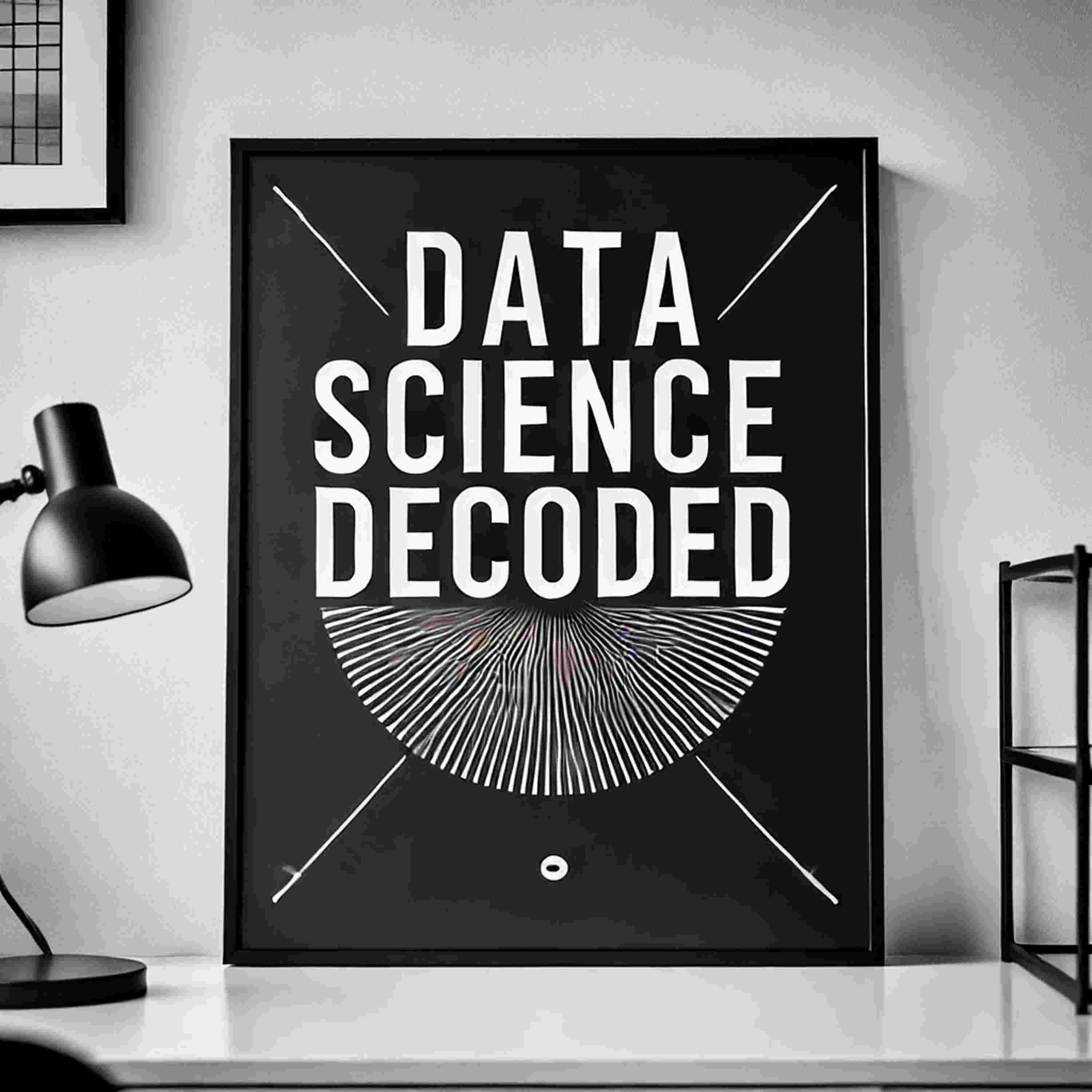

On the 31st episode of the podcast, we add Liron to the team, we review a gem from 1921, where Sewall Wright introduced path analysis, mapping hypothesized causal arrows into simple diagrams and proving that any sample correlation can be written as the sum of products of “path coefficients.”
By treating each arrow as a standardised regression weight, he showed how to split the variance of an outcome into direct, indirect, and joint pieces, then solve for unknown paths from an ordinary correlation matrix—turning the slogan “correlation ≠ causation” into a workable calculus for observational data.Wright’s algebra and diagrams became the blueprint for modern graphical causal models, structural‑equation modelling, and DAG‑based inference that power libraries such as DoWhy, Pyro and CausalNex.
The same logic underlies feature‑importance decompositions, counterfactual A/B testing, fairness audits, and explainable‑AI tooling, making a century‑old livestock‑breeding study a foundation stone of present‑day data‑science and AI practice.